How to grow vegetables, herbs and plants anywhere
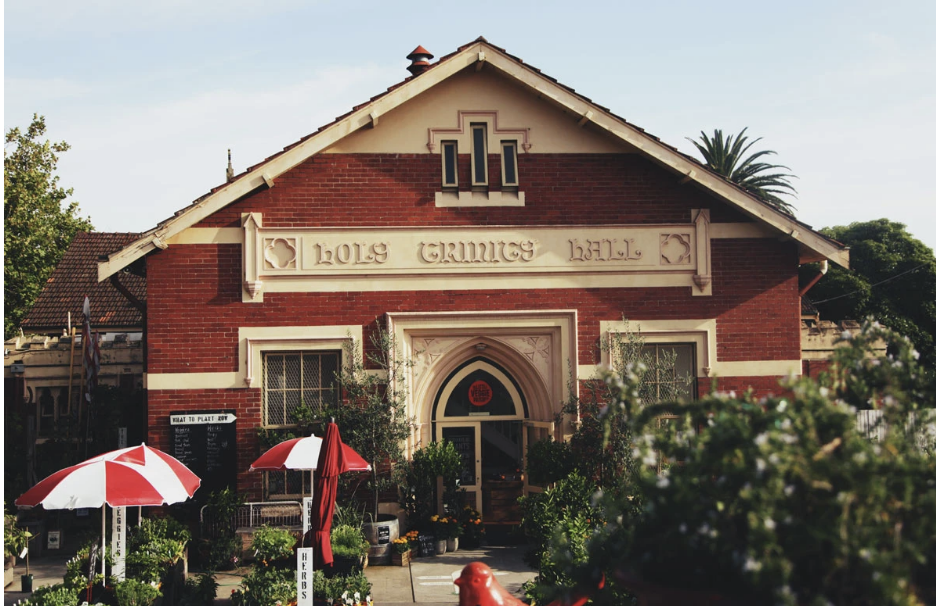
If you’re struggling with that balcony garden, here are some handy tips on how to kickstart growth with Mat Pember from Little Veggie Patch Co. Being self-sufficient is a brilliant step in the right direction for sustainability and filling in all those extra hours in the day that we now have. But it is even hard for the most advanced gardener to achieve. Growing your own food is not as easy as throwing a few seeds into a pot and feasting in a fortnight. We spoke to Mat Pember, co-owner of the local, independent nursery Little Veggie Patch Co, about how to grow food anywhere, successfully, and in a calm and rational manner.
Infrastructure is the first big mistake people can make when they first start gardening
“People think that the more pots they have, the more food they can grow. This isn’t necessarily true. Pots can be too small for what people want to grow and it can lead to the plant dying too quickly, there is not enough nutrition in the soil, there is no room for the plant to move and it becomes pot bound and stunted.”
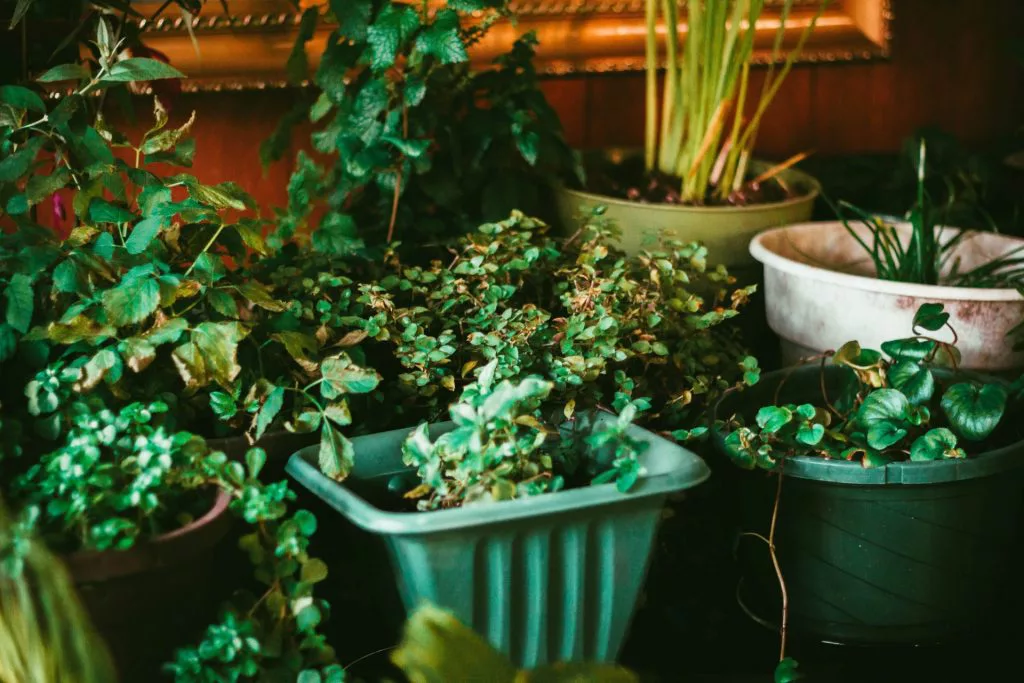
There is no such thing as a bargain with soil
“The quality of soil correlates to how you grow things. There is only one soil supplier who supplies all the nurseries in Melbourne. Even if you buy cheap soil, you will have to add nutrients to it which will end up costing you more in the long run if you are to successfully grow anything in it.”
It is important to know when to plant things
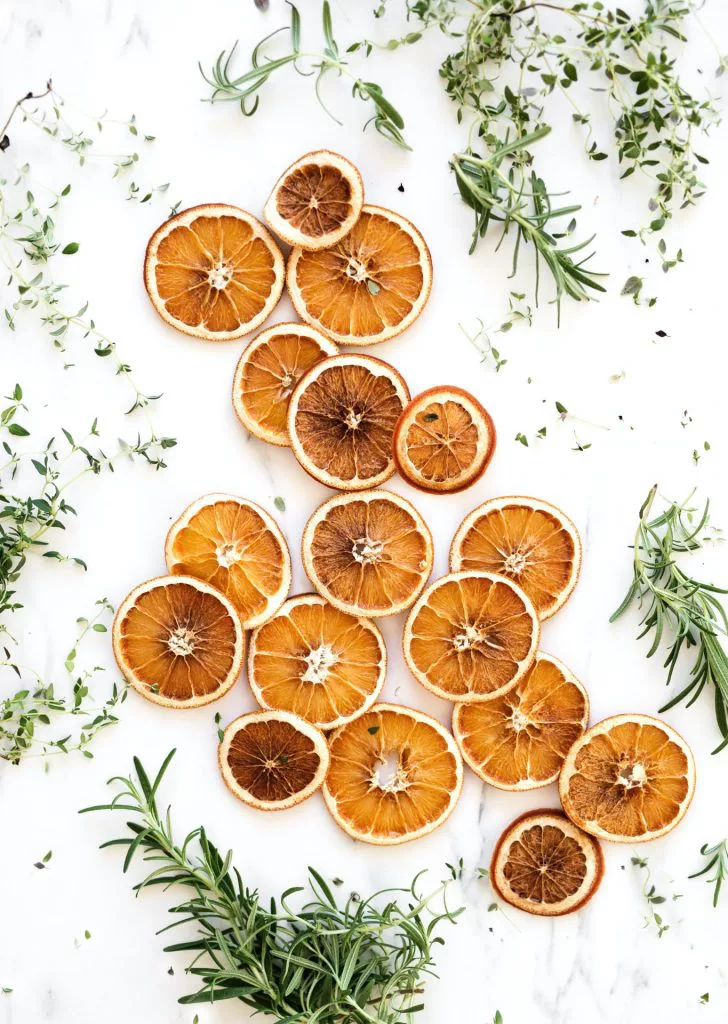
“Planting out of season is probably one of the biggest mistakes people can make. Some people start planting tomatoes in August, but you really can’t put them in the ground before November. If you’ve missed the window, I’d recommend going to a nursery and buying seedlings instead of pushing through. Knowing if you can directly plant into a patch versus propagating and transplanting into a garden is important as well. People can be derailed from the very beginning.”
Don’t forget to buy something you can water with
“People often forget about watering. I’d recommend something with a fan spray so it doesn’t blast your seedlings from the soil. You don’t always need a spade. If you’re going in a pot, use your hands. Then, you can afford a better quality potting mix (so you don’t need fertiliser or additives) and spend on the plants that you want. I’d also advise buying a net to keep away the cabbage moths and caterpillars.”
To get the most out of your plants, knowing when to harvest is key
“People usually wait for a full head of lettuce before they harvest, but it’s a super delicate situation. There is a very short time frame between it tasting like lettuce and overcooking, shooting a seed head and becoming really bitter. You can actually harvest it leaf by leaf and you’re letting the plant become more productive. Beans and peas should always be picked. This way, you free up energy on the plant and end up producing more. It’s amazing how much food is wasted by it going to seed or bolting.”
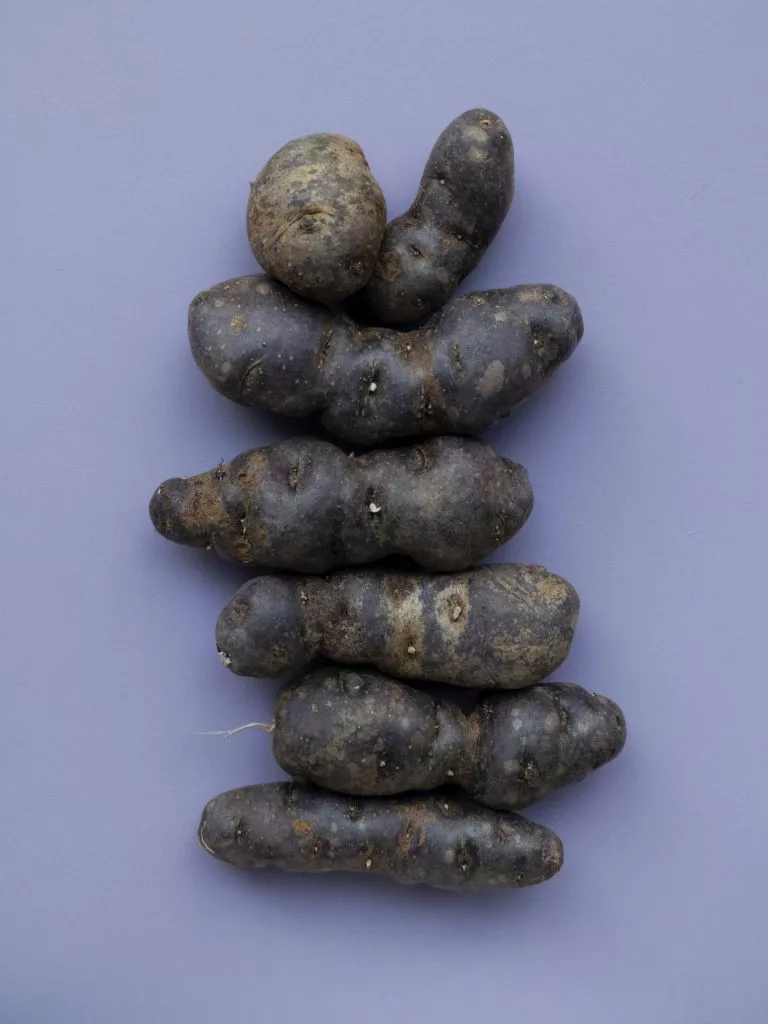
Grow high-yield and high-return food
“Leafy greens and herbs are the best value foods you can grow. They keep reproducing and you can always preserve, freeze or dry them if you have too much. Growing with some foresight helps, as you might have nothing when you put the seeds down, but all of a sudden, you can end up with too much.”
Saving your seeds to replant will give you better-performing plants each year
“Everyone has the ability to save heirloom seeds each year and build on how they perform in their own climate. Chillies, tomatoes, eggplants and capsicums will perform better next year in the same climate and spot. Fruiting vegetables are easy to extract the seeds from, leafy greens are a bit harder as you’ll have to let them cook, bolt and go to seed.”
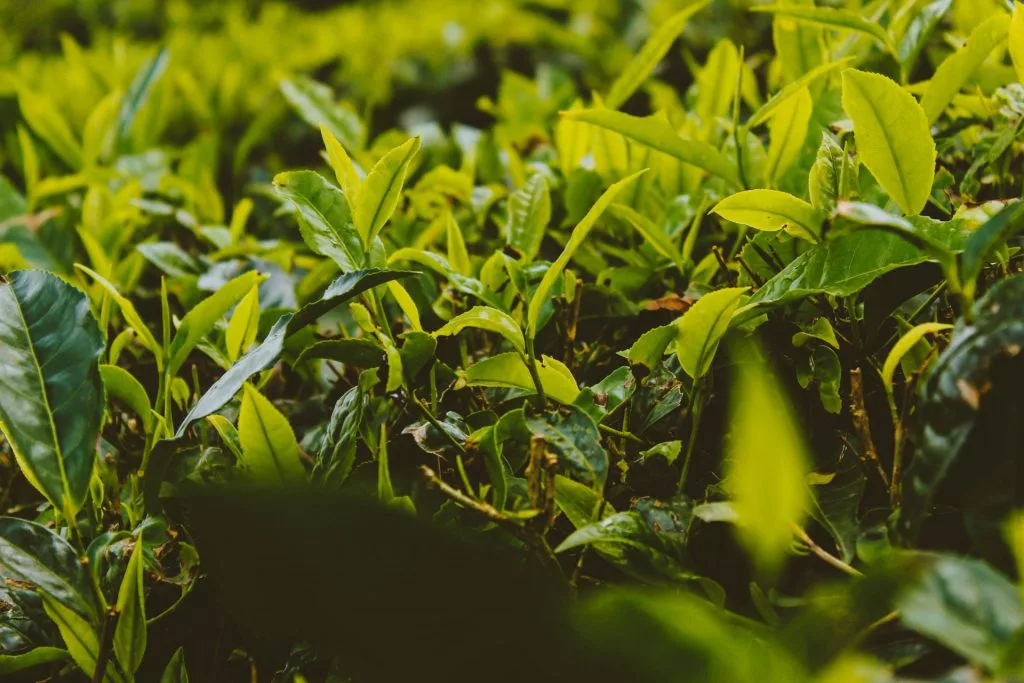
When planting, more doesn’t necessarily mean more
“When putting things in the ground, it’s hard to picture the full plant. If you plant your seeds too close, it won’t allow enough space for the full plant when it grows. Start with very basic things that reproduce their harvest like leafy greens and herbs. As you pick them, they regenerate. Autumn is the best time to be planting these things. Buy a really good quality potting mix if you’re starting from scratch and make sure your vessel is at least 30 centimetres deep with a good surface area to allow your plants to grow.”
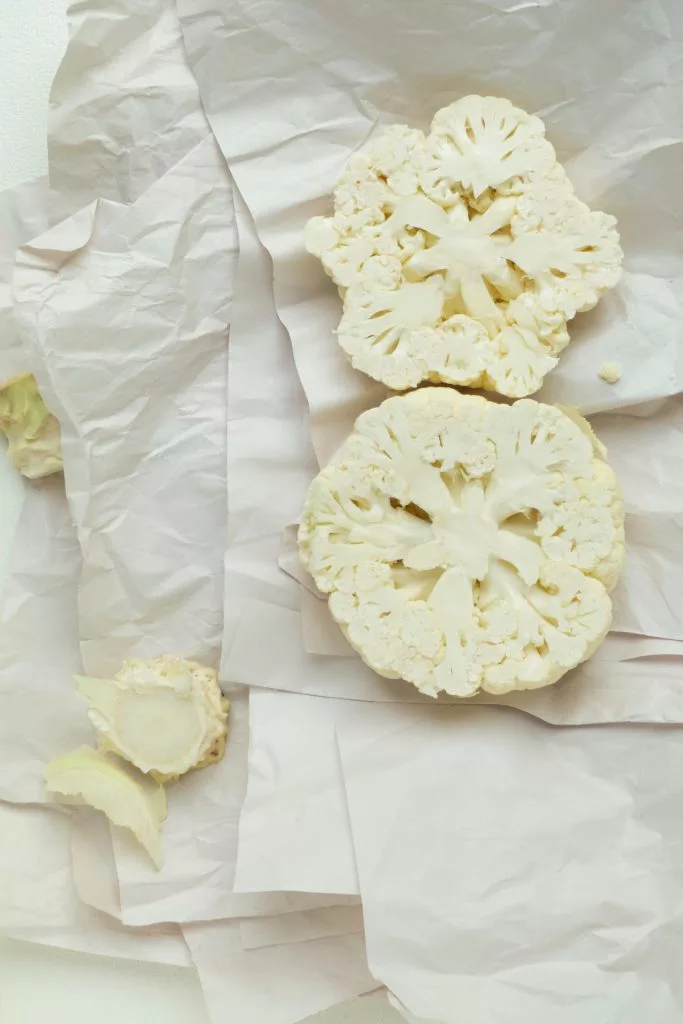
If you’re overwhelmed and don’t know where to start, Little Veggie Patch Co has developed a planting calendar specific to Australia that they bundle with heirloom seeds.
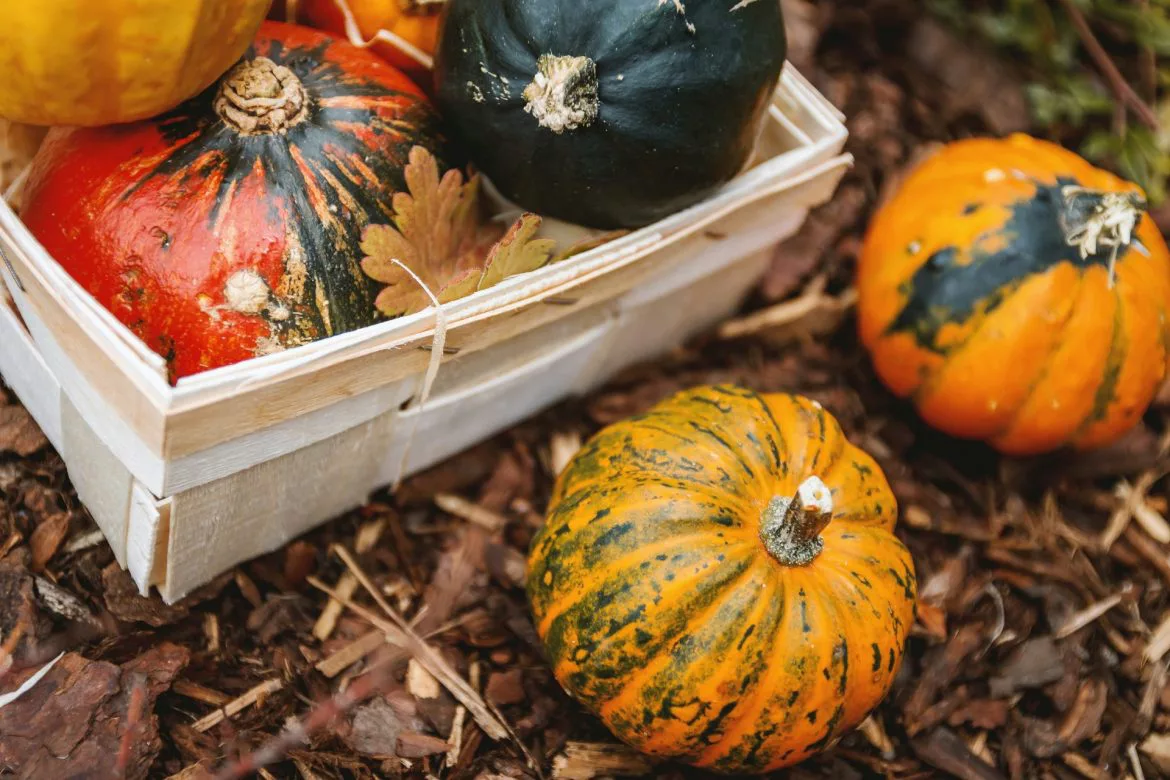
Comments (0)